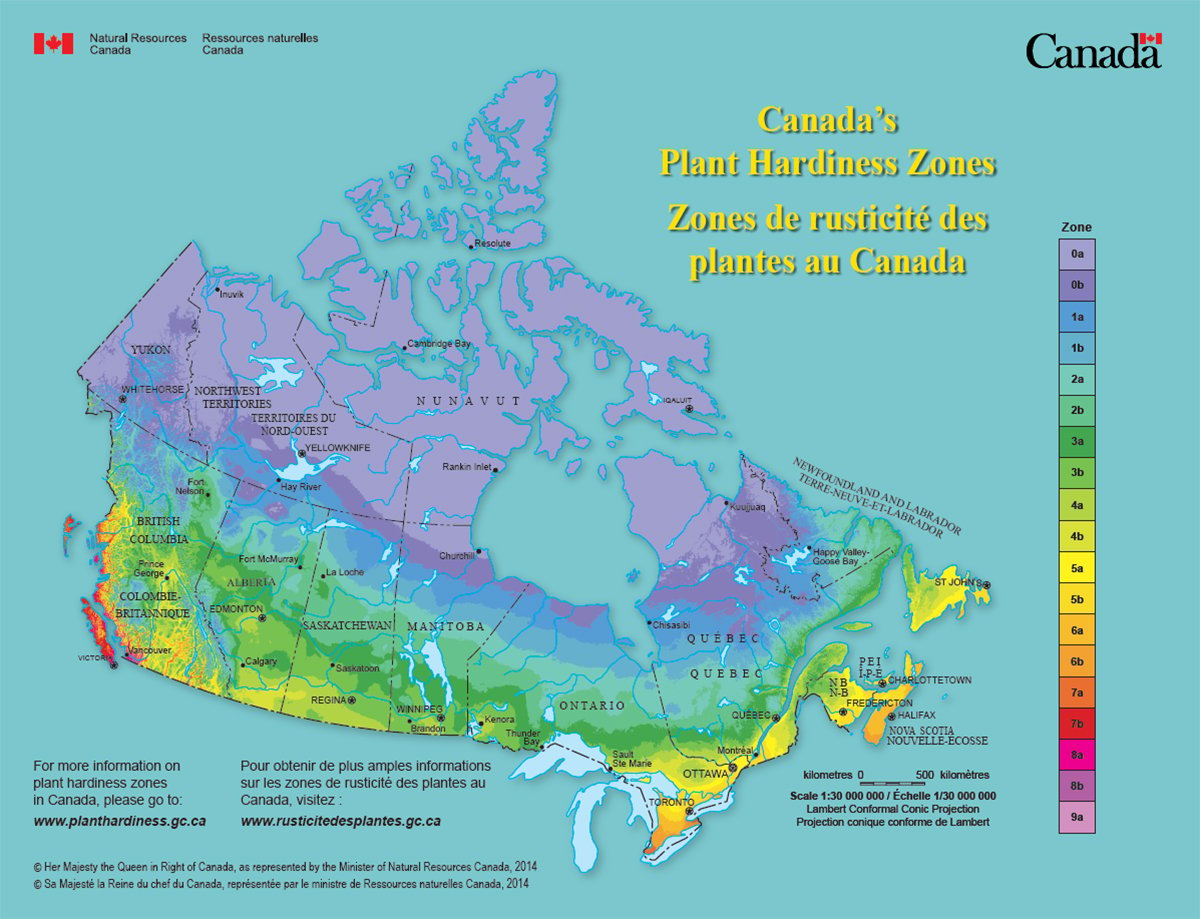They’ve been slow to turn their attention to agriculture, but the commodity funds are arriving and that should make crop prices move higher and be less volatile, says an Australian commodities trading expert.
When the world’s money moves into farm commodities in a big way, it won’t be for a brief visit, said Michael Jansen, vice-president for commodities at National Australian Bank.
“Historically, the agricultural markets have been about the producer and the consumer, with a little bit of liquidity from the commodity trading adviser community,” he told reporters after an address at Grain World in Winnipeg.
Read Also

Canada’s plant hardiness zones receive update
The latest update to Canada’s plant hardiness zones and plant hardiness maps was released this summer.
“Going forward, there are more players, more people interested …. You’ll see a lot more interest from the professional money manager.”
That includes Jansen, who packages commodities futures and option contracts and other commodities investment vehicles and sells them to investors.
“One of my objectives, when I go to work, is to sell more agriculture to professional investors,” Jansen said in his speech.
In recent years, commodities such as oil, metal and minerals have become popular in investing circles, with investment guru Jim Rogers predicting that commodities will continue to surge while stocks will probably be flat.
Jansen noted that Rogers was right a few years ago when he suggested to analysts at a conference that they could help themselves most by collecting all the sugar packages beside the coffee urns in the room.
At the time sugar was selling for four cents per pound and is now 20 cents per lb.
A similar surge has occurred in the prices of oil, gold, nickel, zinc, aluminum, coffee and cocoa.
Widely accepted predictions about the long-term boom in commodities and the acceptance that they are no more risky than other investments has poured money into most commodity futures and options contracts in recent years.
Commodity price speculators are not the only players; long-term investors who take and hold positions have also been buying contracts.
This includes pension plans that have decided to dedicate a certain proportion of their funds to commodities, and index funds, which offer investors a way to buy a share of the commodities market without individually buying and selling futures and option contracts.
Agricultural commodities are an oddity in commodity markets because it is easy for producers to boost production.
“Everyone believes the answer for high prices is high prices. Agricultural commodities are no different,” Jansen said.
“There is a supply response, particularly in agriculture. Agriculture doesn’t have the same supply constraints as energy and base metals.”
Planting a bigger crop isn’t as hard as setting up a new nickel mine, but slow increases in agricultural productivity won’t be enough to meet a substantially larger world demand for agricultural commodities.
Sugar, coffee and cocoa contracts, known in the trade as “the softs,” have seen new investment money as their prices skyrocketed, but so far the big Canadian and U.S. crops, such as corn, soybeans, wheat and canola, have missed the party.
Jansen said it makes sense that the softs have taken off. They are the most sensitive agricultural commodities because they are produced in the most dangerous places and face the greatest problems in boosting production.
However, increasing world demand for all commodities should drive all agricultural commodities higher. A short-term increase in farm production shouldn’t destroy the long-term growth in crop prices.
“What makes this supply response different this time around is that there has been significant underinvestment in agricultural production for a long period,” Jansen said.
“And so the ability for the producers of a lot of these products to respond to high prices is constrained. It’s really acute in the softs, more than the grains, where a lot of the world’s cocoa, coffee and sugar is grown in very poor countries.”
Corn and wheat prices have risen recently and the corn effect might be coming from an unlikely source: energy prices.
“Corn is just fascinating. Everybody’s looking at the rapid growth in ethanol consumption. And the policy platform seems to just encourage more and more corn production. But then again the demand side probably goes more quickly. Everybody’s looking at agricultural commodities for their energy content. All agricultural commodities have an energy component.”
Jansen said he thinks increased volatility in commodity contracts is the result of the huge influx of money from commodity index funds in recent years. However, he expects volatility to drop from even the pre-fund level once the amount of investment money stabilizes.
But for now, expect a lot more money to flood the commodity markets, a flow that will increase exponentially if the main agricultural exchanges abandon open-outcry trading.
“I think once we go to a full electronic trading platform, we’ll see a huge explosion in open interest and volume.”















